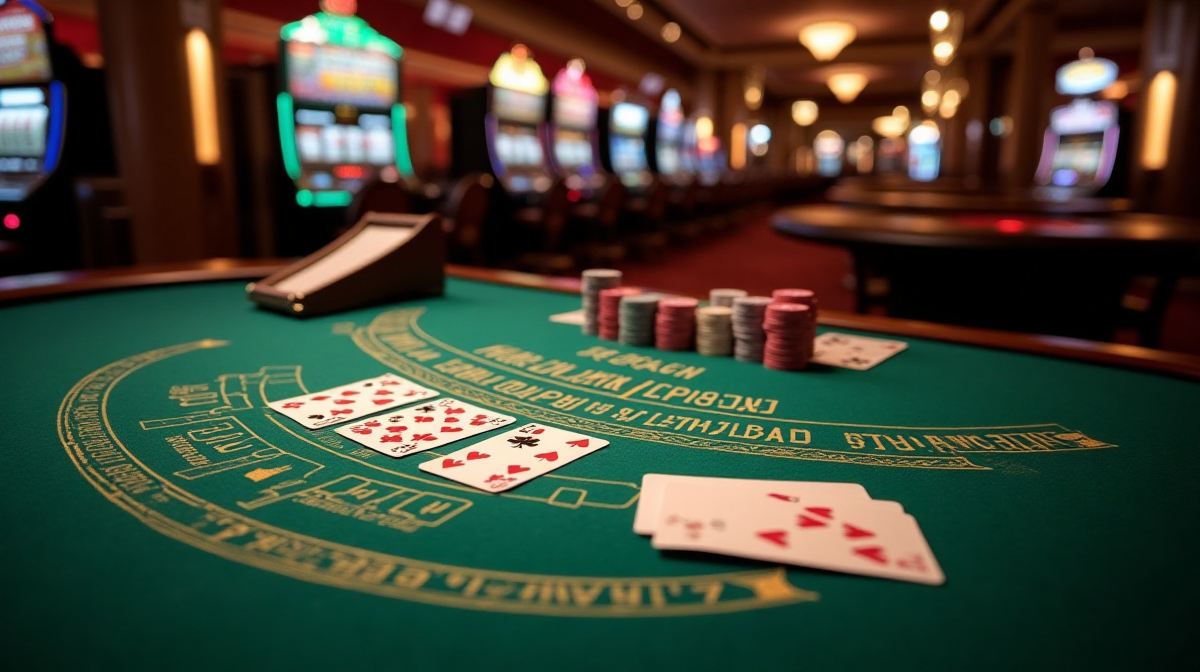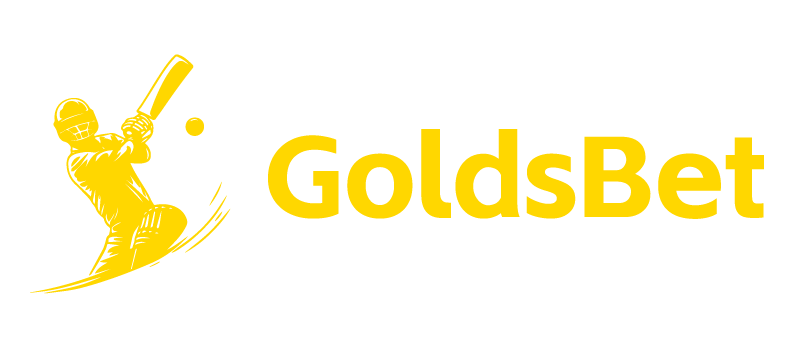Master Blackjack Cards: Winning Strategies Revealed
Introduction to Blackjack & Why Strategy Matters
What is Blackjack? – A Beginner's Overview
Blackjack, also known as 21, is a casino game where players compete against the dealer to get a hand value as close to 21 as possible without exceeding it. The game’s simplicity is deceptive; beneath the surface lies a wealth of strategy that separates casual players from consistent winners. Many players are also exploring options like GoldsBet for alternative gaming experiences, but mastering the fundamentals of blackjack remains key for those pursuing serious play.
The House Edge Explained: Understanding the Odds
Every casino game has a house edge, representing the casino’s average profit. In blackjack, the house edge can vary dramatically depending on the rules and the player’s strategy. Without employing any strategy, the house edge can be as high as 5%. However, with basic strategy, it can be reduced to less than 1%, making blackjack one of the most player-friendly casino games. Exploring goldsbet similar apps might offer different gaming dynamics, but understanding the inherent house edge in blackjack is crucial.
Why Card Counting & Basic Strategy are Crucial for Winning
While luck plays a role in each hand, consistent winning in blackjack relies on informed decision-making. Basic strategy provides the mathematically optimal play for every possible hand combination, minimizing the house edge. Card counting takes this a step further by tracking the ratio of high to low cards remaining in the deck, allowing players to adjust their bets and play accordingly. Even if you are checking out platforms like goldsbet.6, a solid blackjack foundation is valuable.
Mastering Basic Blackjack Strategy
The Basic Strategy Chart – A Visual Guide
The basic strategy chart is a cornerstone of successful blackjack play. This chart outlines the optimal action (hit, stand, double down, or split) based on your hand total and the dealer’s upcard. Memorizing this chart is the first step towards consistently making profitable decisions.
Understanding Hard Totals
Hard totals are hands without an Ace, or where the Ace is counted as 1. The basic strategy for hard totals dictates when to hit, stand, or double down based on the dealer’s upcard. For example, a hard 12 against a dealer’s 4-6 generally requires standing, while hitting is best against a 7 or higher.
Understanding Soft Totals
Soft totals include an Ace counted as 11. These hands offer more flexibility as the Ace can be counted as 1 if necessary to avoid busting. The strategy for soft totals differs significantly from hard totals, often favoring doubling down in favorable situations.
Pairs Splitting Strategies – When to Split & When Not To
Splitting pairs can dramatically increase your potential winnings. However, it’s not always the right move. Generally, you should split Aces and 8s, but avoid splitting 10s. Understanding the nuances of pair splitting is key to maximizing your advantage. A misplaced bet could be costly, even if you're also browsing for blackjack weapon accessories (referring to card protectors).
Doubling Down – Optimal Scenarios and Rules
Doubling down allows you to double your initial bet in exchange for receiving only one additional card. This is a powerful tool when you have a strong hand and a favorable dealer upcard. Common scenarios for doubling down include a hand of 11 against any dealer upcard and a hand of 10 against a dealer’s 2-9.
When to Hit, Stand, Double, or Split: Concrete Examples
Let's say you have a hand of 16 and the dealer shows a 7. Basic strategy dictates you hit. If you have 11 and the dealer shows a 3, you should double down. If you have a pair of 5s, you should hit, but if you have a pair of Aces, you should split.

Advanced Blackjack Techniques: Beyond Basic Strategy
Card Counting: The High-Low System Explained
Card counting isn’t about memorizing every card played; it’s about tracking the ratio of high cards (10s, Jacks, Queens, Kings, Aces) to low cards (2-6). The High-Low system is the most popular and accessible card counting method.
Calculating the Running Count
Each card is assigned a value: 2-6 = +1, 7-9 = 0, 10-Ace = -1. You start with a count of zero and add or subtract the value of each card as it’s dealt.
Converting to the True Count
The running count needs to be adjusted for the number of decks remaining. Divide the running count by the estimated number of decks left. This gives you the true count, which indicates the advantage you have.
Betting Based on the True Count
The higher the true count, the more favorable the situation is for the player. Increase your bet proportionally to the true count to maximize your profits. Players exploring blackjack card strategies often start with the High-Low system.
Advanced Card Counting Systems – Hi-Lo+, Omega II
Beyond the High-Low system, more complex systems like Hi-Lo+ and Omega II offer increased accuracy but require more practice and mental effort.
Shuffle Tracking: A Glimpse into Predicting the Deck
Shuffle tracking involves attempting to follow groups of cards through the shuffle, allowing you to predict where they will appear in the new deck. This is a very difficult technique requiring exceptional observation skills.
Team Play: Combining Skills for Maximum Advantage
Team play involves multiple players working together. One player (the spotter) tracks the count and signals to another player (the big player) when the count is favorable, allowing the big player to increase their bets.
Understanding Penetration – How Many Cards are Dealt Before a Shuffle?
Penetration refers to the percentage of the deck that is dealt before the dealer shuffles. Higher penetration is more favorable for card counters, as it allows for a more accurate count.
Blackjack Bankroll Management & Risk Mitigation
Setting a Bankroll: How Much Do You Need to Start?
A bankroll is the amount of money you allocate specifically for playing blackjack. A general rule of thumb is to have at least 25 times the average bet you plan to make.
Bet Sizing Strategies: Flat Betting vs. Proportional Betting
Flat betting involves wagering the same amount on every hand. Proportional betting adjusts your bet size based on your bankroll and the true count.
Managing Losses: Stop-Loss Limits & Tilt Control
Set a stop-loss limit – the maximum amount you’re willing to lose in a single session. If you reach this limit, stop playing. Tilt control is crucial; avoid making impulsive decisions based on emotions.
Casino Comps and How to Maximize Them
Casino comps (complimentary services) are rewards offered to players based on their level of play. Use a player’s card to track your wagers and maximize your comps.

Blackjack Etiquette & Casino Considerations
Table Rules and Variations – Knowing What to Expect
Blackjack rules can vary significantly between casinos. Familiarize yourself with the specific rules of the table before you start playing.
Proper Blackjack Etiquette – Respecting Dealers & Fellow Players
Be respectful to the dealer and other players. Avoid giving unsolicited advice and keep your hands visible.
Casino Security & Avoiding Detection
Casinos are vigilant about detecting card counters. Avoid drawing attention to yourself by varying your bet sizes subtly and blending in with other players.
Online Blackjack vs. Land-Based Casinos - Differences & Strategies
Online blackjack often uses random number generators (RNGs) to shuffle the deck after each hand, making card counting ineffective. Land-based casinos offer the opportunity for card counting, but it requires skill and discretion.
Legal Considerations & Responsible Gambling
Card counting is not illegal, but casinos have the right to refuse service to anyone they suspect of counting cards. Gamble responsibly and within your means.
Common Blackjack Myths Debunked
The Gambler's Fallacy & Blackjack
The gambler’s fallacy is the belief that past events influence future outcomes in a random game. Each hand of blackjack is independent, and past results have no bearing on future results.
Does Card Counting Actually Work?
Yes, card counting can be effective, but it requires significant practice, discipline, and bankroll management. It’s not a guaranteed path to riches.
Hot/Cold Tables – Fact or Fiction?
The idea of hot or cold tables is a myth. The cards are shuffled randomly, and there is no such thing as a table that is due to pay out.
Resources for Continued Learning & Practice
Recommended Blackjack Books & Websites
Numerous resources are available for learning blackjack, including books like “Beat the Dealer” by Edward O. Thorp and websites like Blackjackinfo.com.
Online Blackjack Training Tools & Simulators
Online blackjack simulators allow you to practice basic strategy and card counting without risking real money.
Blackjack Forums and Communities
Online blackjack forums and communities provide a platform for discussing strategy, sharing experiences, and learning from other players. Some even discuss the pros and cons of alternative platforms like GoldsBet.

